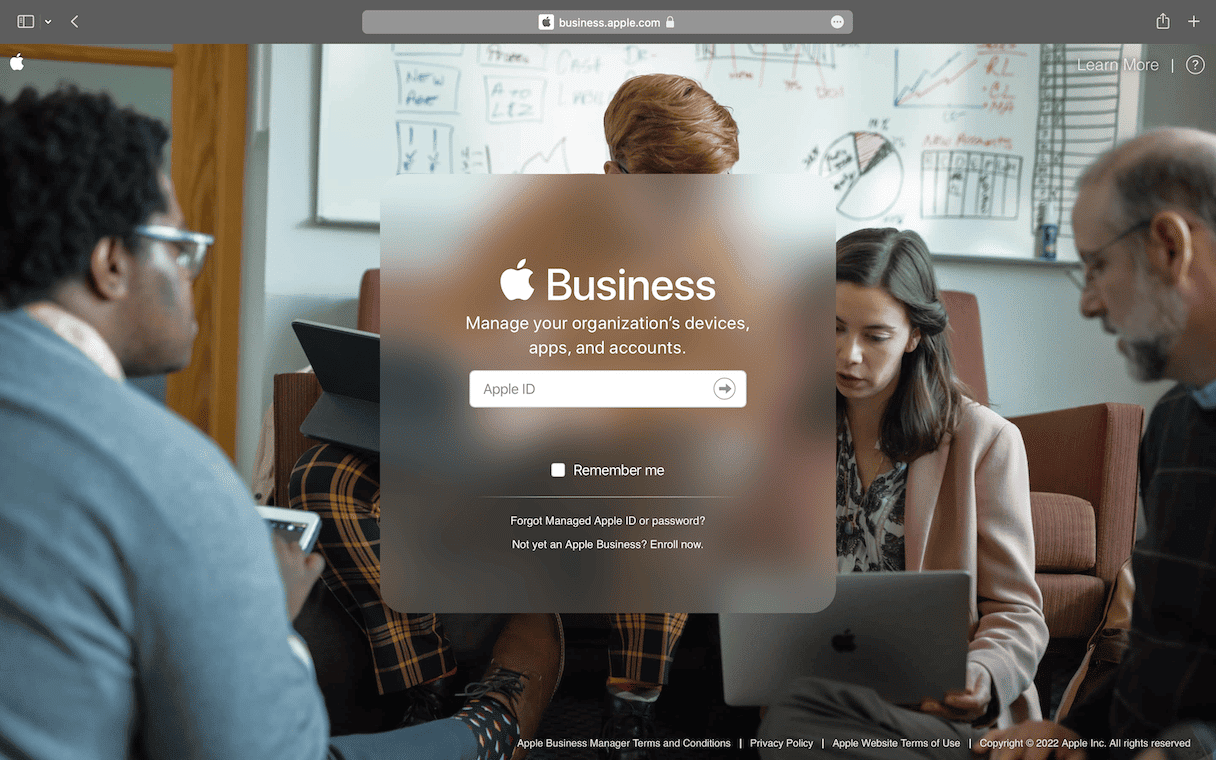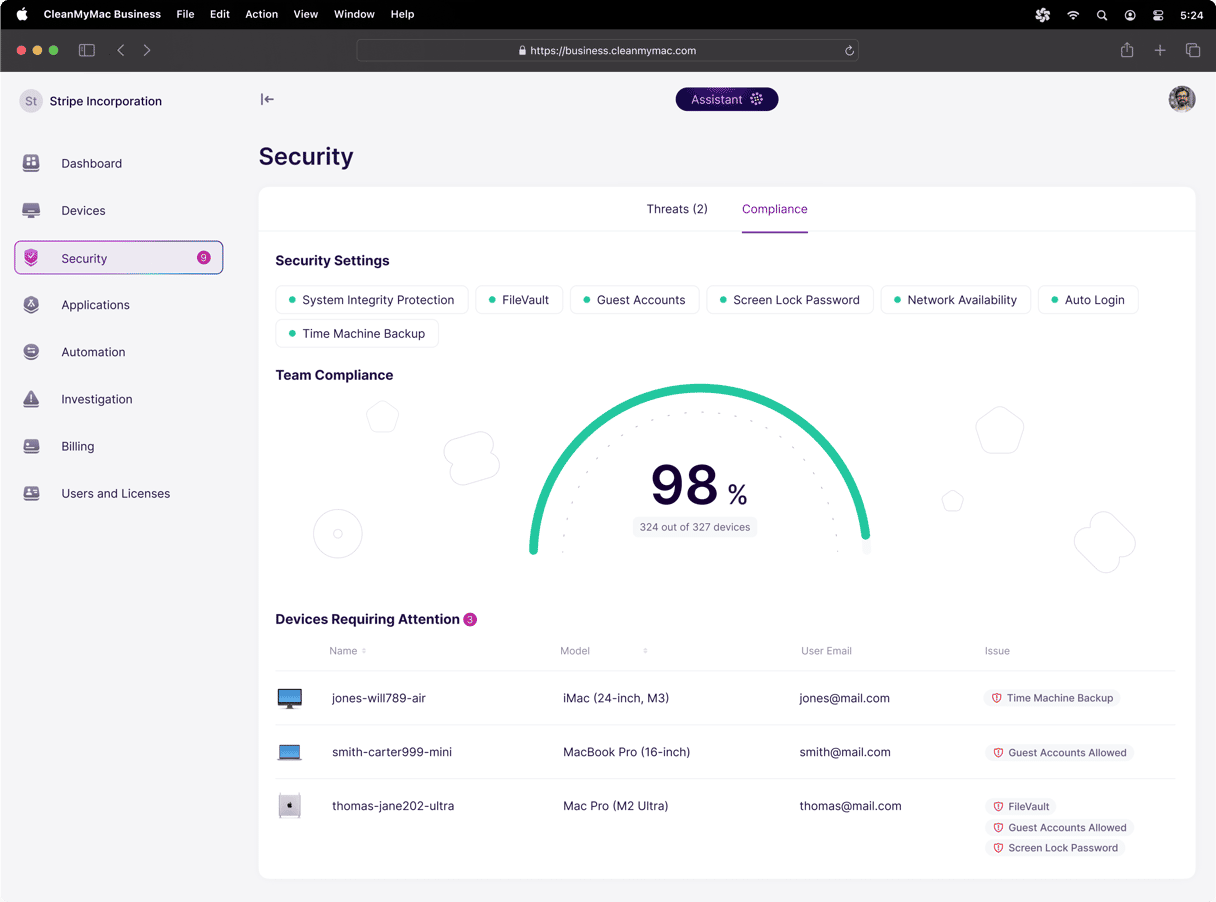If you’ve used any Apple device–Mac, iPhone, iPad, or even AppleTV — then chances are you have an Apple ID. Or even a few Apple IDs if you’ve ever forgotten your password or had to get a new email address. It’s how you log into iCloud or the App Store. It’s basically your online account for all things Apple. But we shouldn’t remind you, they can be totally out of sync.
But what happens when you use an Apple device at work? How do you access the App Store? Or use any of the collaboration features with Pages and Keynote? That’s where managed Apple IDs come in. This article will explain exactly what those are, the benefits to using them in your enterprise, and how to set them up.
What is a managed Apple ID?
Apple IDs are so deeply embedded into the functionality of using macOS or iOS. In fact, you’ll need to log in with your Apple ID if you want to use any online or collaborative features on your device. But there is so much personal information stored in your Apple ID. Things like your credit cards or personal health records; stuff you don’t necessarily want your employer to have at the ready.
That personal privacy is exactly what managed Apple IDs were created for. Now, corporate IT teams can create and manage Apple IDs for each of their employees. Giving them full control to those accounts and even monitoring and enforcing security protocols. If you do decide to use Apple Business Manager, you can also set up your Macs to allow users to login to their computers using their corporate-supported Apple ID.
Why create managed Apple IDs?
In addition to unlocking a lot of the standard macOS features that require an Apple ID, creating managed accounts in your enterprise environment has plenty of benefits. Things like:
- Full account management
Your IT team will be able to create and fully manage the accounts. So, if one of your users forgets their password, you’re able to reset it. - Software licensing
You can use managed Apple IDs to distribute software and updates to each Mac using the App Store. - Password requirements
Because Apple IDs typically unlock cloud-based features, security should be your first concern. You can add password reset policies to managed Apple IDs just to keep them that much safer. - Role-based privileges
Each of your users can have a different level of security and authority based on their role at the company. - Cross-device compatibility
Managed Apple IDs don’t just work on macOS, you can also use them on any iPads you have in your environment.
How to create managed Apple ID
Setting up managed Apple ID is fairly easy and straightforward. You can do everything—create and manage accounts — through the Apple Business Manager portal online. That’s right, there’s no clunky app or server you need to set up. Everything you need access to is all in your browser.

Of course, if you’re using Azure Active Directory to manage your Windows devices, you can also set up your Apple Business Manager account to correspond with your AD server. That way your users only need to learn one set of credentials. And you, as the IT person responsible, won’t have to toggle back and forth between an AD environment and this Apple portal.
Disadvantages of managed Apple IDs for business
While there’s a ton of perks to using managed Apple IDs in your enterprise environment, there are a handful of features that still won’t work. For a full list of those services, you can visit this Apple support article. But a preview of those services that won’t work with a managed Apple ID include:
- Apple Pay
- iCloud Mail
- iMessages in iCloud
- iCloud Keychain
- Apple Arcade
- Apple Music
- Apple Radio
- Apple Fitness+
- Apple News+
- Apple TV+
Most of these features probably won’t be a dealbreaker for your team, but it’s still good to keep in mind and make sure not having one of these will impact your business.
After receiving criticism that Apple had abandoned the corporate users, their push with Apple Business Manager seems to be proving that wrong. Managed Apple IDs are a great way to unlock a lot of the default macOS features, but also keep account security under wraps with your team. It’s everything you need in an enterprise environment with the ease you’ve come to expect from all things Apple.









